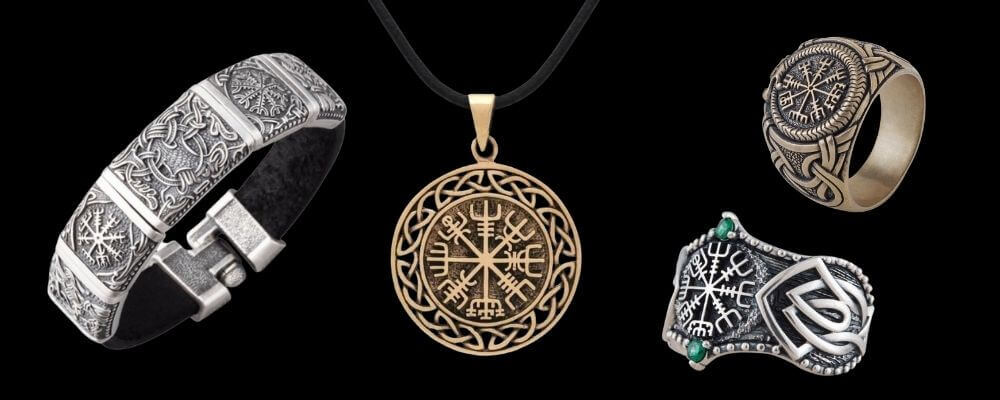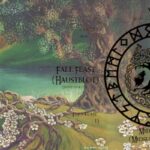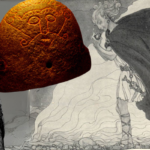Vegvisir is an Icelandic runic stave, that evolved from earlier Viking runic magic. The rune had the power to ensure its wearer never got lost, and always found their way home, even when they did not the way. It was a wayfinding symbol, also often called the Viking or Norse Compass.
But how does this modern Icelandic norse symbol of magic relate to earlier Viking runic magic, and what do we know about how the Vikings used the runes to change the course of destiny?
Origin of the Vegvisir
To the Vikings, the nordic runes were more than just a system of writing and a way to represent the world and ideas. The Vikings believed that the runes, when used correctly, had the power to make ideas real.

The Vikings did not believe that the runes were invented, but rather were something that formed part of the fabric of the universe. They were discovered by Odin, the king of the Norse gods and the god of wisdom and war. Odin hung himself from the tree of life Yggdrasil for nine days and nine nights pierced by his own spear. Only at the end of this ordeal were the secrets of the runes revealed to him.
It is possible that the runes were contained within Yggdrasil, the Tree of Life that connected and nourished the nine worlds of Norse mythology. This is suggested by the fact that the Norns, the Norse fates, are often described as writing the fate of men by carving runes into this same tree.
Rune Magic
The ancestors of the Vikings already practiced runic magic, as the Romans observed the Germanic ancestors of the Viking using rune magic a thousand years earlier. In one text the Romans described the Germanic tribesmen as carving runes onto sticks and throwing them on the ground as a form of divination.
The same practice is described in the Viking poem known as the Lay of Hymir, when the chips are thrown into blood to read the future. The Germanic ancestors or the Vikings also commonly carved certain rune combinations onto jewelry, probably for protection. The most popular was the runic word ALU, the meaning of which is unknown.
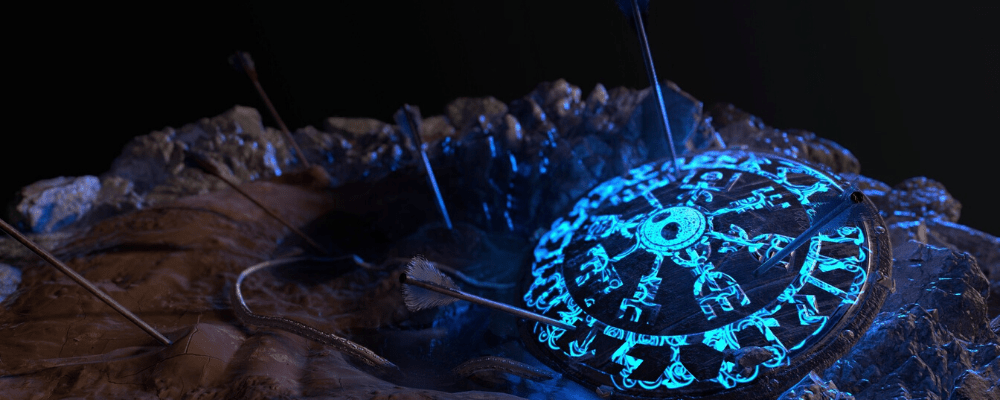
Similar items with runic inscriptions survive from Viking times: tools, jewelry, amulets, bones, wood and stone. Viking runic magic is also described in the sagas. In the saga of Egil, the eponymous warrior encounters a farmer whose daughter is very ill. Investigating the situation, he discovers a whalebone with a crudely carved rune in her bed.
This was probably placed there by a local boy trying to help the girl, but whose knowledge of the runes was limited. As a master of the runes, Egil was able to identify this as the source of her illness, destroy the rune and replace it with a different runic message that would help the girl.
Runic magic based on the Viking tradition continued to be practiced in Iceland in the centuries that followed the end of the Viking period, and was particularly well-known between 1400 and 1800. Their magic was based around Galdrastafir, which are runic staves. Hundreds of them are known and they were used for a variety of purposes. Vegvisir is one of those staves.
Vegvisir Viking Compass meaning
Vegvisir, the Viking Compass, is first recorded in the Huld Manuscript, compiled by Geir Vigfusson in the 19th century. It depicts the Vegvisir symbol, which means “that which shows the way”, combining “vegur” which means way, with “visir”, which means pointer.
The symbol in the Huld Manuscript is square, rather than the round version that is common today, and is composed of eight staves, each ending with different symbols. It has been speculated that each symbol represented one of the cardinal directions, much like a compass.

Though we know that the Vikings did not use a compass that looked like Vegvisir, but rather a sun stone, to navigate. So, the symbols probably have other meanings. It has also been suggested that each represents one of the nine worlds of Norse mythology, with the centre point being Midgard, the location of the human subject of the spell.
The round version of the symbol first appears in the Galdrabok, a grimoire which it is claimed dates from the 16th century, but was first published in 1921, and the current locations of the original manuscript, if it ever existed, is unknown.
The Huld Manuscript says of the symbol that: If this sign is carried, one will never lose one’s way in storms of bad weather, even when the way is not known. The Galdrabok gives the same description for the use of the runic stave, but says that it could also be used for spiritual guidance and protection. The book also claims that the symbol should be drawn on the forehead in blood, just like the symbol Helm of Awe.
There is no evidence that Vegvisir, the norse compass was used during the Viking age. It does not appear on any surviving archaeological items and is not described in any of the surviving stories. A Viking poem Sigrdrifa does say that runes were sometimes carved onto the side of ships and oars, and this may have been Vegvisir, or an earlier symbol on which the later Icelandic wayfinder symbol was based.
Vegvisir Today
Today Vegvisir, the viking compass is used by followers of the new Viking religion Asatru as a common symbol of their membership of the faith. For them, it is also used as a symbol of guidance, both in the physical world and the spiritual world, but rather than being a magical symbol, it is one of faith.
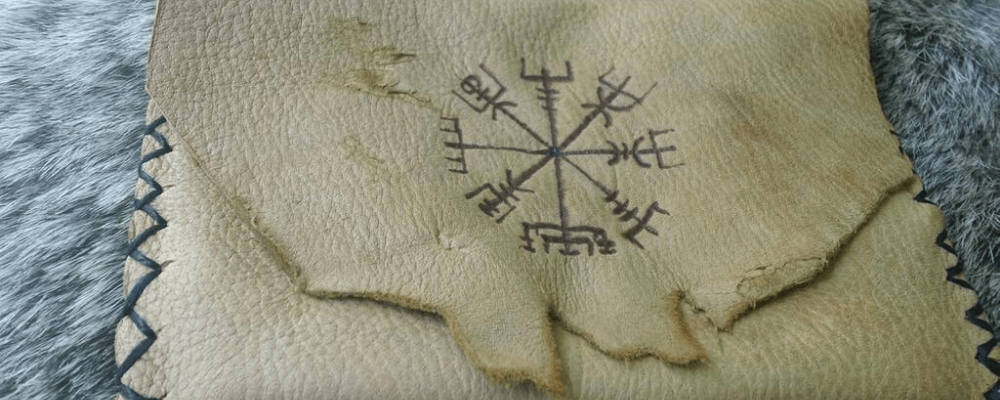
Some practitioners of modern rune magic have claimed that it is not important that we do not know what the individual elements of the runic stave mean, and that as long as it is recreated faithfully, it will retain its potency.
However, considering that the runic stave has been preserved over time through hand copying in manuscripts, how likely is it that the version we know today resembles the original? Considering the story of Egil and what it tells us of the dangers of using the runes incorrectly, is it dangerous to rely on a runic stave like Vagvisir that we don’t truly understand?
What do you think? While Vegvisir is a potent symbol of allegiance to Norse religion and can also act as a talisman of guidance for those who believe, do you think that the rune retains its magical potency despite the knowledge that we have lost?
